If you are looking for a hearty and delicious soup to celebrate Easter, look no further than fanesca, a traditional Ecuadorian dish that is only prepared once a year. Fanesca is a traditional Ecuadorian soup that is eaten during Holy Week. It is made with 12 different kinds of beans and grains, representing the 12 apostles of Jesus, and salt cod, representing Jesus himself. It also has milk, cheese, cream, squash, pumpkin, corn, cabbage, hard-boiled eggs and fried plantains. Sounds delicious, right? Fanesca is a soup that reflects the history, culture and diversity of Ecuador, as it uses ingredients from different regions of the country, such as the Andes, the coast and the Amazon.
Fanesca is more than just a soup; it is a symbol of Ecuadorian identity and history.
Fanesca has a long history that dates back to pre-Columbian times, when the indigenous people of the Andes used to celebrate the harvest of different crops during the spring equinox. When the Spanish colonizers arrived, they brought with them new ingredients and religious practices, such as salt cod (bacalao) and Lent. Salt cod was a common food for sailors and travelers, as it could be preserved for long periods of time without refrigeration. Lent is the period of 40 days before Easter, when Catholics abstain from eating meat on Fridays and other days. The Ecuadorians adapted their ancestral soup to these new influences, adding salt cod and milk to the mix, and making it a special dish for Holy Week, especially for Good Friday.
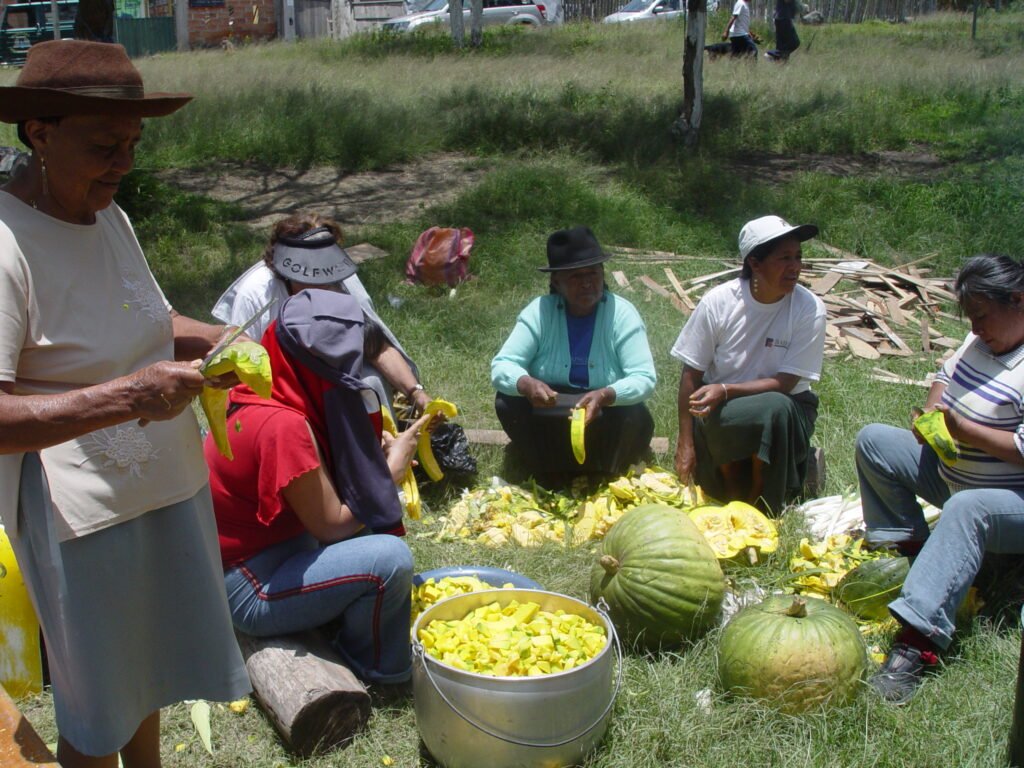
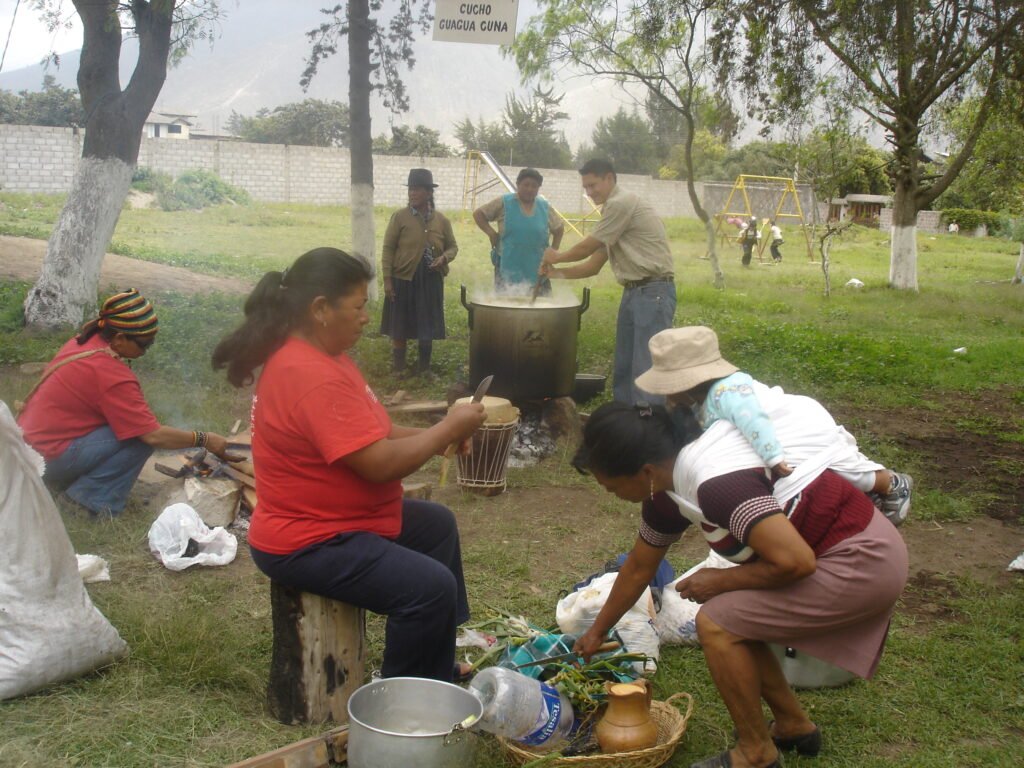
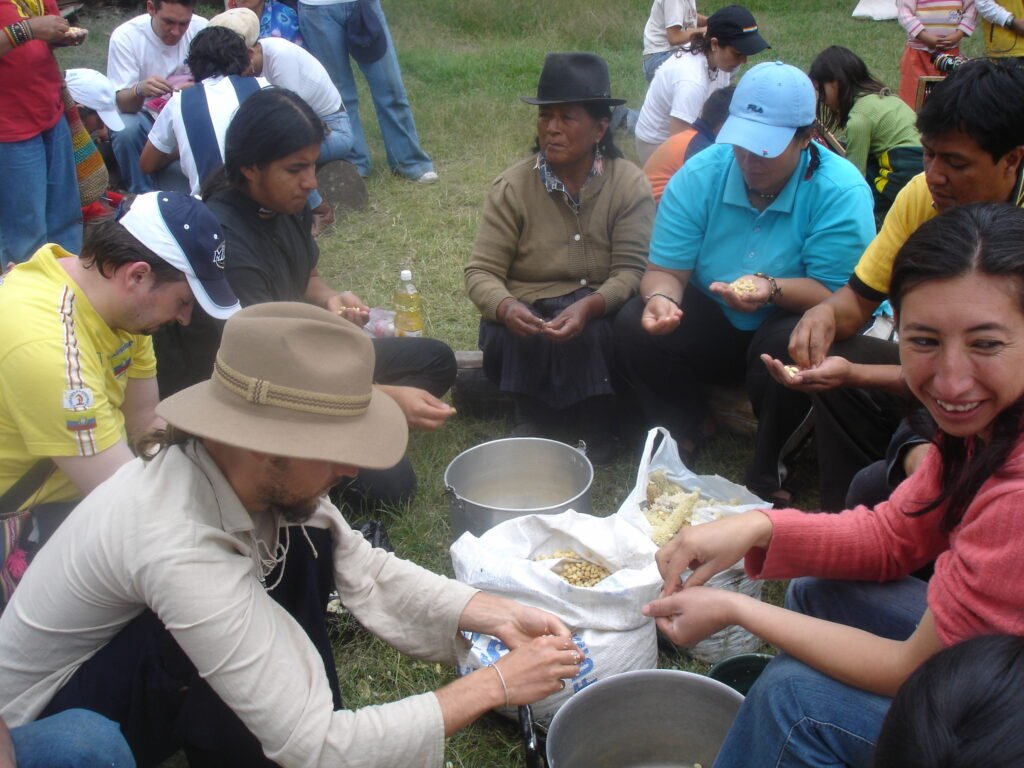
Fanesca is a complex dish that requires a lot of time and ingredients. It is usually made with 12 different grains and beans, such as fava beans, green peas, corn, lupini beans, lima beans, cannellini beans, lentils, chickpeas, split peas, hominy and quinoa. Each grain or bean symbolizes one of the apostles. The salt cod represents Jesus, and it is soaked in water or milk for 24 hours to remove the excess salt. The soup base is made with a puree of squash, zucchini and cabbage cooked in milk. The soup is seasoned with onion, garlic, cumin, oregano and achiote or annatto powder, which gives it a distinctive orange color.
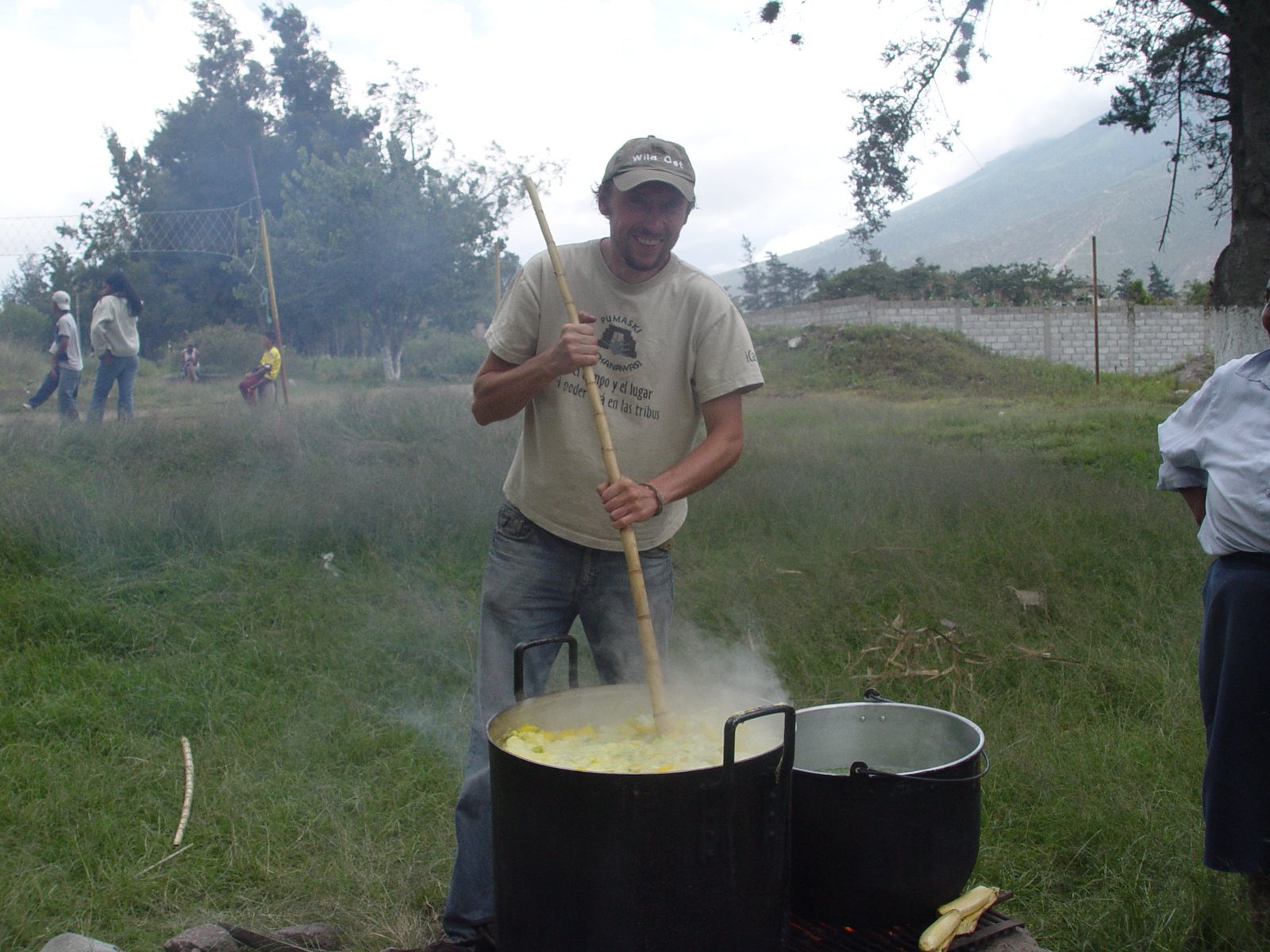
Fanesca is served hot with a variety of toppings that add flavor and texture to the soup. Some of the most common toppings are fried plantains, hard-boiled eggs, cheese empanadas, queso fresco, sliced avocado, cilantro and hot sauce. Some regions also add fried dough balls called masitas or molocho balls made with mashed potatoes and cheese.
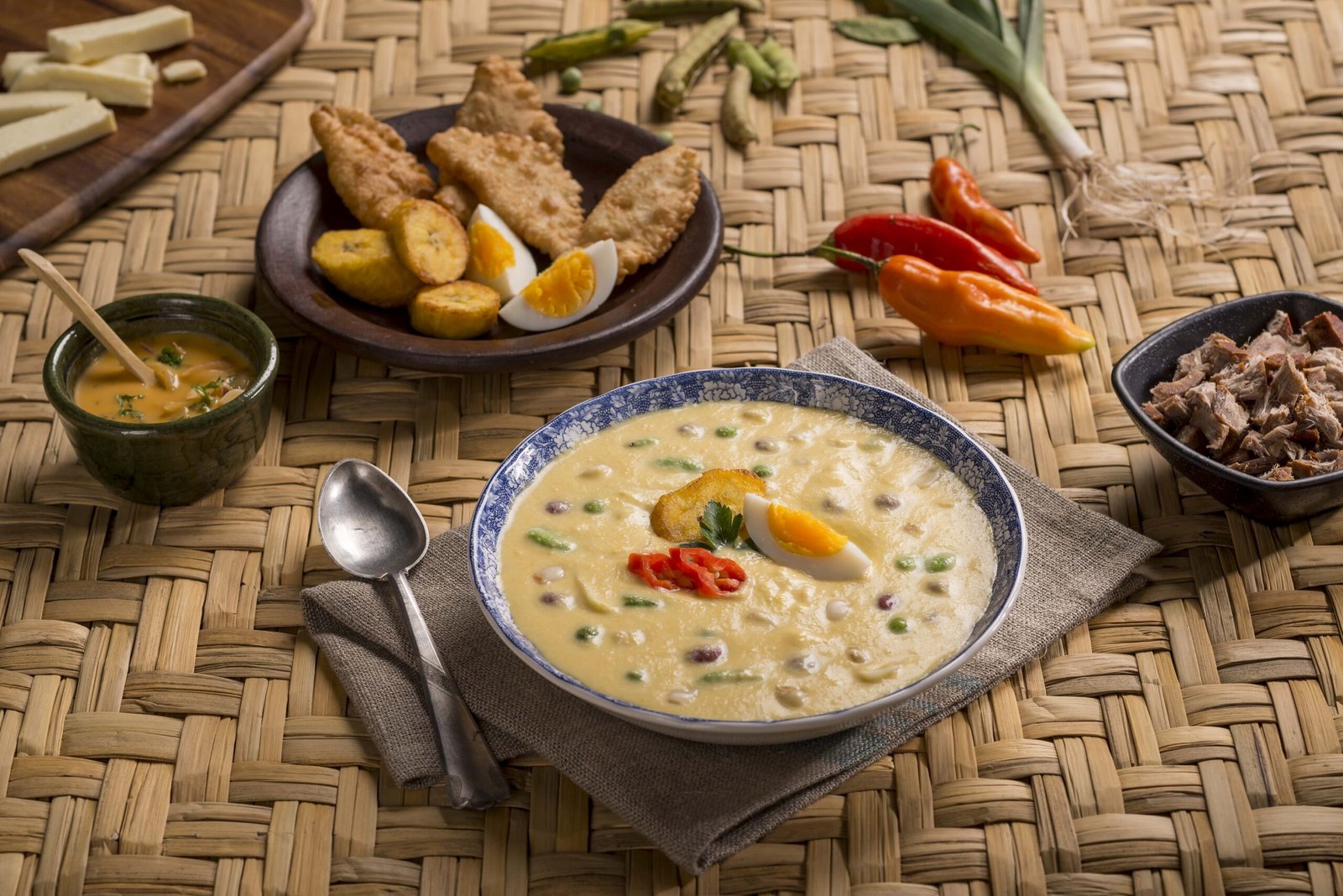
Fanesca is a dish that requires time and effort to prepare, but it is worth it. It is a dish that celebrates the richness of Ecuadorian culture, the bounty of nature and the joy of sharing with family and friends. It is a dish that nourishes both the body and the soul. If you have the chance to try it, don’t miss it. You will be amazed by its flavors and textures, as well as its history and meaning.


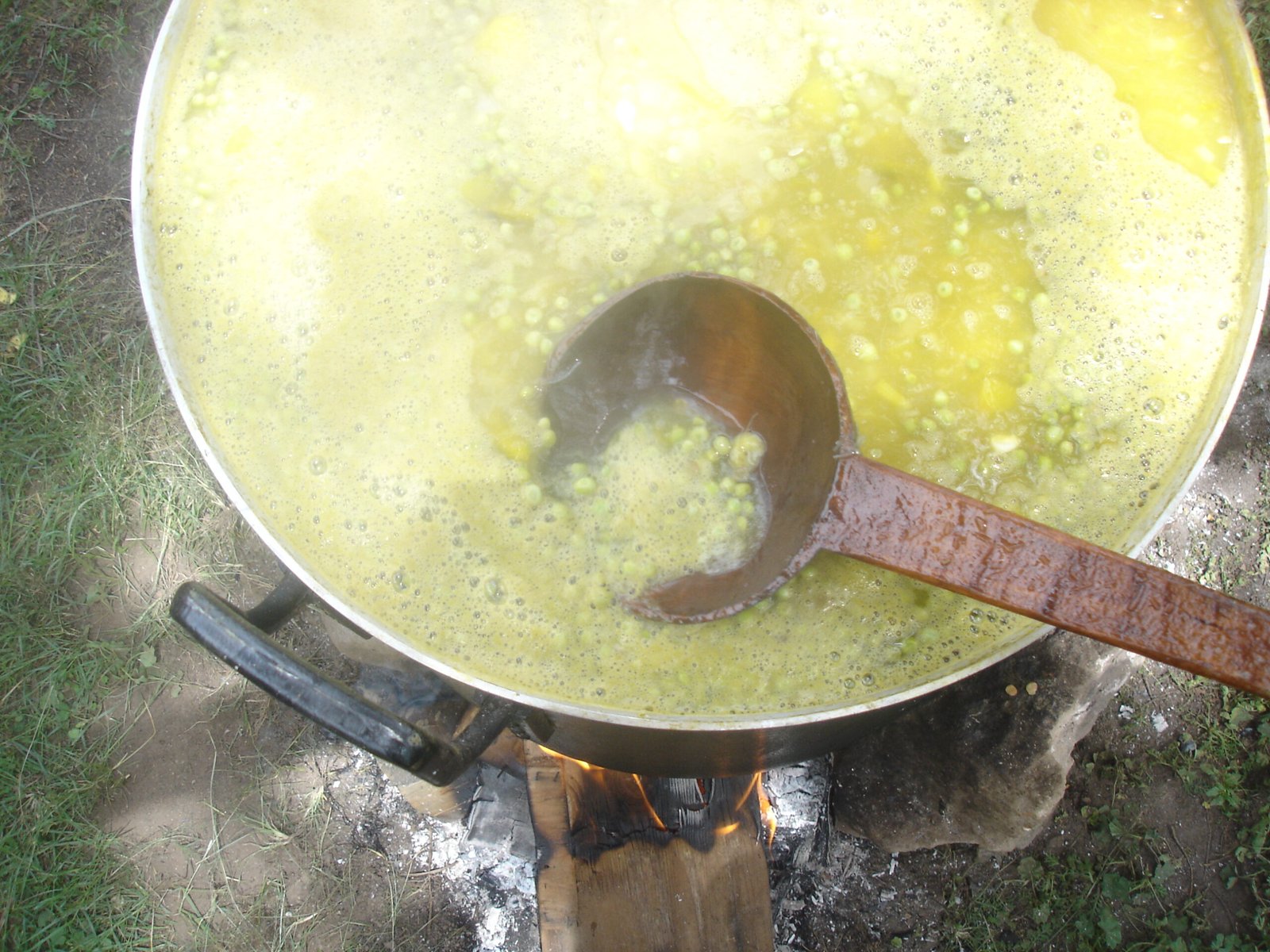
No Comments